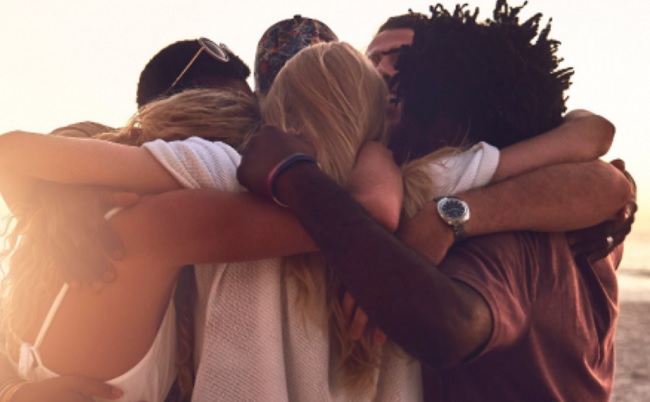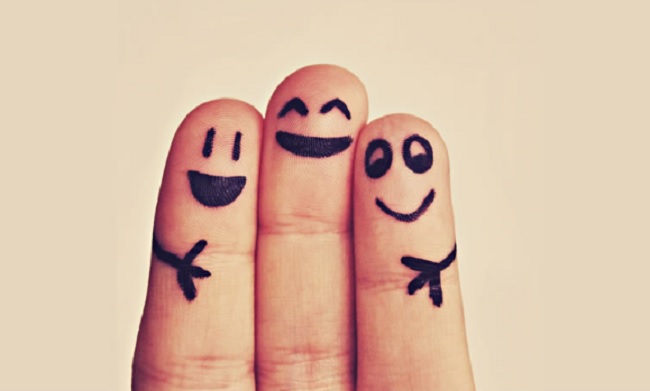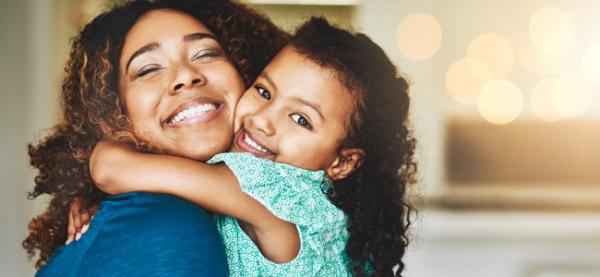Hugs that Talk
especiales

The hugs are back. Still cautiously, like someone returning to a space not visited for a long time, this is how hugs between Cubans are returning.
So deep have been the trace left by the pandemic — still present in the world and with latent dangers — that greetings of handshakes, kisses, or hugs remain unusual.
But what a pleasure it is to return to that union of breasts and often of souls, contained in one of those authentic hugs, whose strength and warmth say much more than any "I love you" or "I missed you."

Hugging is not an aggregate of affections, but a need. It pays tribute to psychological and physical well-being. They ensure that those children lacking expressions of love later present emotional disorders and in other areas of health.
Various investigations indicate that hugging reduces stress, also the perception of conflict, and reduces the negativity of certain experiences.
A hug like that, with desire and a lot of sincerity, increases the secretion of hormones such as serotonin, dopamine, and oxytocin; It pays tribute to the immune system, provides self-confidence, while reducing existential fears, and even helps to alleviate physical pain, not to mention emotional pain.

Some assure that the best hugs are those that last between 5 and 10 seconds, they are also associated with the pressure with which the other body is linked and with the position of the arms.
Researchers say that although most "huggers" start this gesture with the right arm, the left arm is the one in charge when it comes to a really emotional encounter.
Despite so many benefits, there are people who can't stand hugs; It’s about those who suffer from aphephobia, the irrational fear of touching or being touched by another, which makes those who have it suffer a lot and carries a very bad impact on social relationships.
Even though it’s not a disease, other issues determine how much and how to embrace, from the different types of personality to the cultures, traditions and idiosyncrasies of the people.

These and other conditions even determine the types of hugs given, because there are several. Scholars of emotional communication have cataloged them and, as a trend, they agree that there are different types of hugs, and each one with its meaning.
Among these ways of hugging appears the so-called half hug, when one arm is around the shoulders or waist of the other; that of pats on the back, generally of recognition or consolation between people who do not keep a close relationship; and also the one they call a bear hug, the one that wants to totally engulf the other, intense and with a lot of emotional charge.Cubans have always been very expressive, and if we don't keep something in little plastic bags "for later and just in case" are hugs and kisses. We give them by the thousands, without queues or rationing.

Don Fernando Ortiz pointed it out in 1963, referring above all to the issue of race, but it’s just as valid as a generality: «[...] there will be few countries like Cuba, where in such a small space, in such a short time and in such constant and abundant immigration concurrences have crossed more disparate races, and where their loving embraces have been more frequent, more complex, more tolerated and more augural of a universal peace of blood.
For this reason, thanks to the country's successful strategy in confronting the pandemic, the return of hugs is like the return of something that completes us, sometimes it even manages to "reset" us by erasing all negative trace, and that we will know how to take advantage of, still cautiously, but, as always, from the authenticity and dedication that makes us Cubans.
Translated by Amilkal Labañino / CubaSí Translation Staff














Add new comment